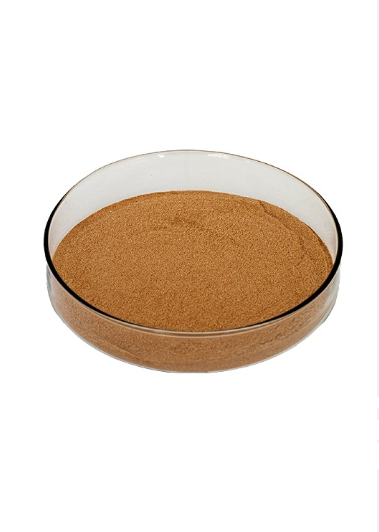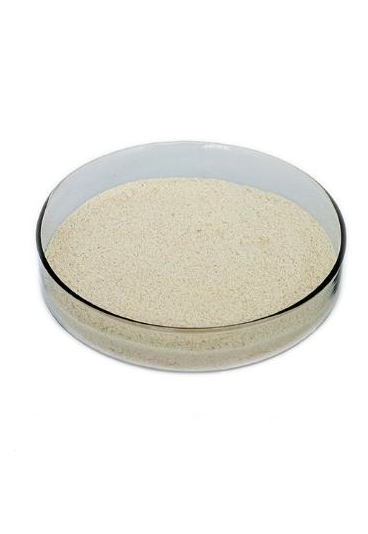Office: Room 805, No. 30, Lane 2419, Hunan Road, Pudong New Area, Shanghai 201204, China
Research Center: No. 2, Lane 1123, Kangqiao Road, Pudong New Area, Shanghai 201315 , China
TEL: +86-21-38122007
FAX: +86-21-38122006
EMAIL: info@profirst.cn


Abstract: In 2022, global sales of agricultural microbial preparations will increase from US$3.09 billion in 2017 to US$6.01 billion. The contribution of microbial preparations to agriculture and the environment is the main reason for the increase in sales of such products. Because the target of microbial preparations is more specific than chemical pesticides.
Biological pesticides are generally natural compounds or genetic modifiers, mainly including biochemical pesticides (pheromone, hormones, plant regulators, insect growth regulators) and microbial pesticides (fungi, bacteria, insect viruses, protozoa, or genetically modified). The two parts of the microorganism, agricultural antibiotic preparations are not included. According to its composition and source, bio-pesticide in China can be divided into four parts: microbial live pesticide, microbial metabolite pesticide, plant-derived pesticide and animal-derived pesticide. According to the control object, it can be divided into insecticides, fungicides, herbicides, acaricides, rodenticides, plant growth regulators, and the like. As far as the target is concerned, biological pesticides are generally divided into two categories: direct use of living organisms and utilization of physiologically active substances derived from organisms. The former includes bacteria, fungi, nematodes, viruses and antagonistic microorganisms, and the latter includes agricultural antibiotics and plants. Growth regulators, sex pheromones, food intake inhibitors, juvenile hormones, and physiologically active substances derived from plants. However, in the practical application of agricultural production in China, biological pesticides generally refer to microbial pesticides that can be used for large-scale industrial production.
The Ministry of Agriculture's Decree No. 10 regulates the registration of special new pesticides. The biological pesticides are classified into:
(1) microbial pesticides
(2) biochemical pesticides
(3) genetically modified pesticides
(4) plant-derived pesticides.
Plant extracts pesticides refer to pesticides whose active ingredients are derived from plant organisms. The roots, stems, leaves, flowers, fruits and seeds of plants contain various natural active substances. Some active substances, plant volatiles and secondary metabolites have anti-feeding, bactericidal, inducing and avoiding effects, which can interfere with target organisms. Behavior.
Pyrethrum and nicotine are the main plant-derived pesticides with long history and high dosage. Pyrethrum dried flowers can be milled into powder directly as insecticides or as raw materials for mosquito incense. Pyrethrin can be extracted from the dried flower of pyrethrum and then compounded into medicaments. Tobacco contains nicotine which can be used as insecticide. Generally, waste tobacco leaves or tobacco stalks are used as raw materials. Nicotine is extracted by acid and then compounded into insecticidal preparations. The botanical insecticides in China include rote, Sophora flavescens, toosendanin and so on. Botanical pesticides are generally less toxic, harmless to plants,friendly to the environment and so on. However, because of their limited sources or cultivated land, it is difficult to produce them on a large scale and the variety is single.
Number of registrations: A total of 11 active ingredients, 192 registrations, involving 124 manufacturing companies. The top three products with the largest number of registrations are matrine, rotenone and azadirachtin, accounting for 84% of the total (matrine products account for more than half, 57%).
Microbial pesticides can be produced on a large scale through microbial fermentation industry. If microbial metabolites are used, they can be regarded as chemical substances for microbial biosynthesis, essentially similar to chemically synthesized pesticides. Some people call them "biochemical pesticides". For example, avermectin is an effective insecticide and miticide brake; Jinggangmycin is a fungicide for controlling rice sheath blight. The use of living microorganisms as preparations, such as insecticide Bacillus thuringiensis, is essentially a biological control measure, and the dead worms will be infectious, strictly speaking, it does not belong to the category of chemical control. However, because its preparation and action methods are similar to pesticides, it is considered to be a pesticide. Microbial pesticides generally have the advantages of no harm to plants and friendly to the environment.


A total of 22 active ingredients, 468 registered, and 205 manufacturing companies. The top three most registered products are Bacillus thuringiensis, Bacillus subtilis and Bacillus cereus, accounting for 73% of the total.
In 2017, China's bio-pesticide industry achieved sales revenue of 31.93 billion yuan, a year-on-year increase of 5.7%. In 2018, the supervision of the entire pesticide industry has become stricter, and bio-pesticide has achieved better development results by virtue of its relative environmental protection. According to estimates, the sales revenue of bio-pesticides in China will be about 36 billion yuan in 2018, and the growth rate will reach 12.7%.
As of March 2019, there were 468 microbial pesticides registered in China, involving 22 active ingredients and 205 production enterprises. The top three products with the largest number of registrations were Bacillus thuringiensis, Bacillus subtilis and Bacillus cereus, accounting for 73% of the total.
The advantages of developing plant-derived bio-pesticides are self-evident. China is a large natural resource with a wide variety of plants, and its active substances contain immeasurable development potential. The low residue and easy degradation of bio-pesticides can reduce the pollution of soil and water bodies to a minimum. As consumer habits around the world change, foods grown from bio-pesticide will also be more acceptable and trusted by consumers.
At the beginning of 2019, methyl bromide was banned from use in agriculture. Recently, the EU no longer approves the re-assessment application of chlorothalonil. carbendazim has once again called for ban because of excessive pesticide residues. It can be seen that China is paying more and more attention to pesticide safety issues, pesticides are becoming more and more banned, and the pesticide market is entering. The era of blood transfusion. Green, low-toxic, bio-pesticides with high safety to non-target organisms have attracted the attention of the majority of pesticide companies and the entire pesticide industry.